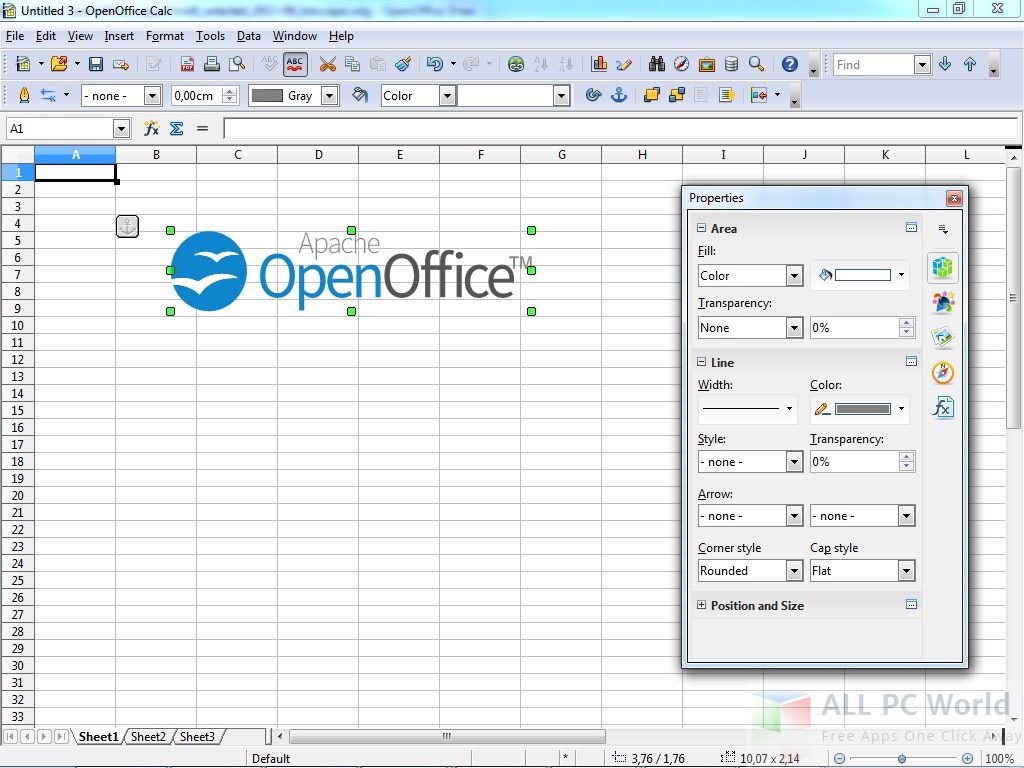

That is, you can now access each open window of any running application using Expos? via the Mac OS X Dock. With Snow Leopard, however, Expos? has been improved to work with individual applications, just like the taskbar preview feature in Windows 7. In previous versions of Mac OS X, Expos? was very much a power user feature, and you could really only use it effectively via the keyboard, an oddity in the mouse-focused OS X interface. Snow Leopard takes another page from the Windows 7 playbook with a new feature of the Expos? window management tool.

(Windows 7, by contrast, now has a single desktop icon by default, representing the Recycle Bin.) But I find the Finder's Sidebar to be far less user friendly than the navigation bar in Windows 7's Explorer it's not obvious how you can add often-needed locations to it, for example, while doing so is easy in Windows. The sole default desktop icon in Leopard, representing your Mac's hard drive, has been removed. Like Windows 7, Snow Leopard offers a simpler taken on its predecessor. The Mac's version of Windows Explorer, called Finder, has been also brought into the 21st century and rewritten, and thus is speedier and more responsive. For example, Snow Leopard picks up multicore functionality that Windows has had for years, making the system more responsive on the Intel Core 2 Duo-based systems Apple is now shipping. Apple has forgone sweeping UI changes in this release and has instead focused solely on internal refinements, simplifications, and performance improvements. Once you've got Snow Leopard up and running, you won't notice much difference compared to its predecessor.
#Open office mac 10.6 install#
The trick is to use the advanced menu-based tools to trigger anything other than the default install type. The first thing you'll notice is that Apple's cryptic Setup routine-which takes two to three times as much time to do its thing as Windows 7 Setup-will not ask you if you want a clean install or an upgrade if you boot off the DVD that's probably OK for many users, but if you're looking to do a clean install, as I was, you might be surprised to see the upgrade kick off with nary a warning. And of course Mac folks can point to the $99 to $299 pricing on Windows 7 and claim Snow Leopard is a bargain by comparison.
#Open office mac 10.6 update#
But Apple being Apple, they're charging for the update ($29 to $169 depending on which version of OS X you're currently running). Had Microsoft released such an update for Windows, they would have called it a service pack and delivered it gratis. Mac OS X, like the Windows systems with which it competes, is now a mature operating system. There's just not much going on from an end-user perspective.Īs it turns out, this is by design. It's just that when compared to what's happening on the Windows side, Snow Leopard is sort of a letdown.

And sure enough, Snow Leopard, like Leopard before it, is a fine OS, a rock-solid and capable computing foundation. Mac OS X 10.6, or "Snow Leopard," is a refinement of the previous release, Mac OS X 10.5, called Leopard (see my review). That Apple's latest release of Mac OS X is not accompanied by hyperbolic claims of "300 new features" should be a wakeup call to even the company's most ardent followers.


 0 kommentar(er)
0 kommentar(er)
